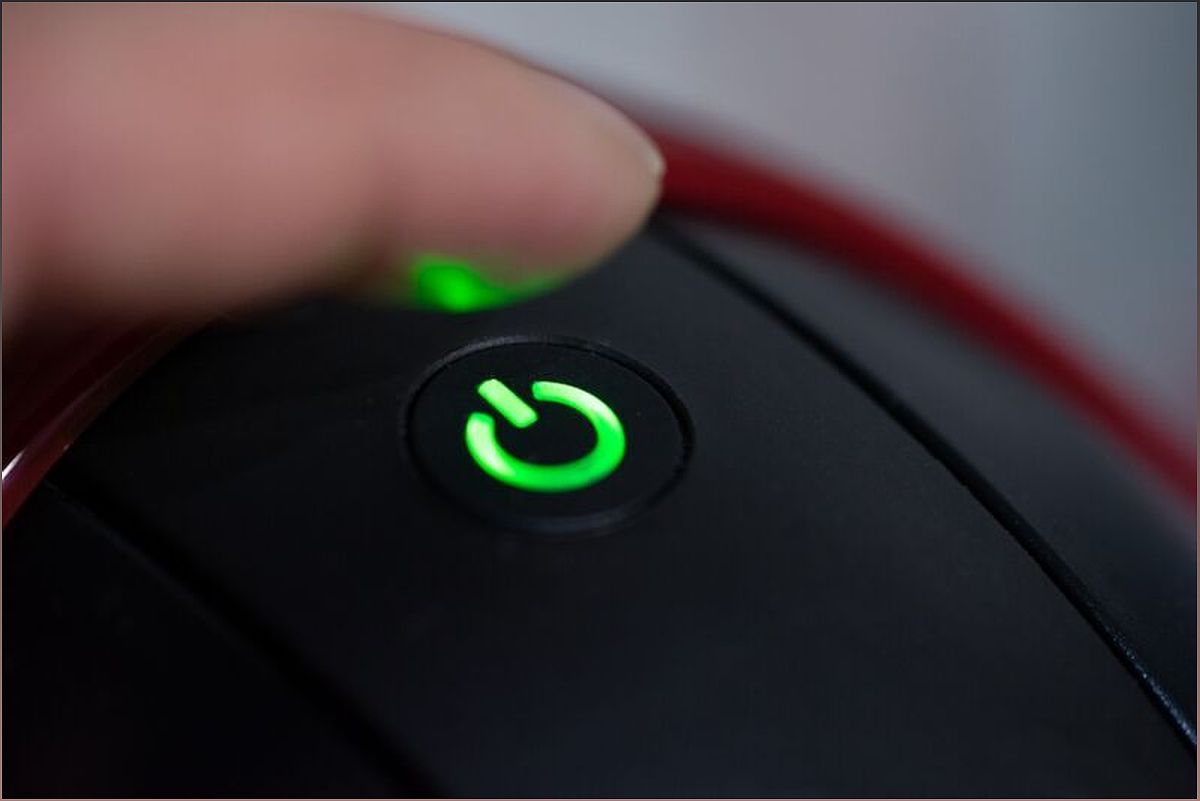Discover the alarming threat of LogoFAIL, a newly discovered attack that targets the firmware of Windows and Linux computers. This attack takes advantage of vulnerabilities in the Unified Extensible Firmware Interfaces (UEFI) responsible for booting modern devices. By exploiting image parsers in UEFIs, LogoFAIL allows malicious firmware to execute early in the boot-up sequence, making it challenging to detect and remove. In this article, we delve into the details of LogoFAIL, its impact on endpoint security, and how it bypasses traditional defense mechanisms like Secure Boot and Intel’s Secure Boot.
The Threat of LogoFAIL
LogoFAIL poses a significant threat to computer security, targeting the firmware of Windows and Linux devices. By exploiting vulnerabilities in the UEFI, this attack allows malicious firmware to execute early in the boot-up sequence, bypassing traditional defense mechanisms. The ability to gain control over the memory and disk of a target device, including the operating system, makes LogoFAIL a dangerous attack.

With LogoFAIL, attackers can remotely execute the attack in post-exploit situations, making it challenging to detect or remove. Even defenses like Secure Boot and Intel’s Secure Boot, designed to prevent bootkit infections, can be bypassed. The impact of LogoFAIL is far-reaching, affecting the entire ecosystem and rendering most endpoint security solutions ineffective.
The Inner Workings of LogoFAIL
LogoFAIL is a collection of two dozen vulnerabilities found in the UEFI responsible for booting modern devices running Windows or Linux. These vulnerabilities have been lurking for years, and they have recently been disclosed by various companies in the x64 and ARM CPU ecosystem.
The attack involves exploiting vulnerabilities in image parsers in UEFIs, allowing attackers to replace legitimate logo images with specially crafted ones. This manipulation enables the execution of malicious code during the DXE phase, the most sensitive stage of the boot process. Once arbitrary code execution is achieved, the attackers gain full control over the target device’s memory and disk, including the operating system.
The Impact on Endpoint Security
LogoFAIL presents a significant challenge to traditional endpoint security measures. It can bypass defenses like Secure Boot and Intel’s Secure Boot, which are specifically designed to prevent bootkit infections. This attack can be remotely executed in post-exploit situations, effectively bypassing most endpoint security products.
Endpoint security solutions that rely on traditional detection mechanisms may struggle to identify and mitigate LogoFAIL. Its ability to execute malicious firmware early in the boot-up sequence makes it difficult to detect or remove using current defense mechanisms.
The Demonstration and Proof-of-Concept
A proof-of-concept exploit video has been released, demonstrating the execution of LogoFAIL on a Gen 2 Lenovo ThinkCentre M70s running an 11th-Gen Intel Core with UEFI firmware. This demonstration highlights the potential impact and severity of the attack.
By showcasing the ability to drop an executable onto the hard drive before the main operating system starts, LogoFAIL demonstrates its capability to deliver a second-stage payload. This further emphasizes the need for robust security measures to mitigate the risk posed by this attack.
Protecting Against LogoFAIL
Given the complexity and severity of LogoFAIL, it is crucial to implement proactive measures to protect against this attack. Here are some steps that can be taken to enhance system security:
1. Regular Firmware Updates:
Ensure that your device’s firmware is up to date by regularly installing the latest updates provided by the manufacturer. These updates often include security patches that address known vulnerabilities.
2. Endpoint Security Solutions:
Invest in robust endpoint security solutions that go beyond traditional detection mechanisms. Look for solutions that provide advanced threat detection and prevention capabilities to mitigate the risk of LogoFAIL and similar attacks.
3. Security Best Practices:
Follow security best practices such as practicing good password hygiene, enabling multi-factor authentication, and being cautious of suspicious emails or downloads. These practices can help minimize the risk of falling victim to LogoFAIL and other cyber threats.






![[LISTS] Best Chat GPT App for iPhone – Can You Handle the Suspense? Best Chat GPT App for iPhone](https://www.techinpost.com/wp-content/uploads/Best-Chat-GPT-App-for-iPhone-324x235.png)

